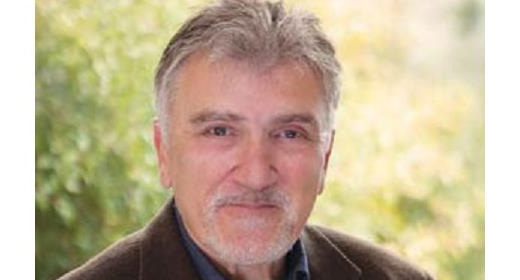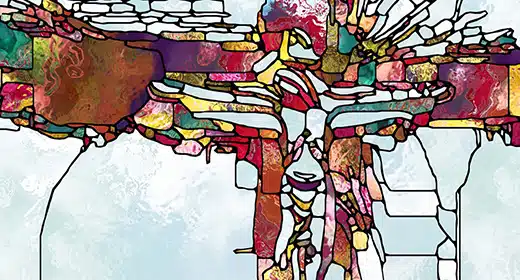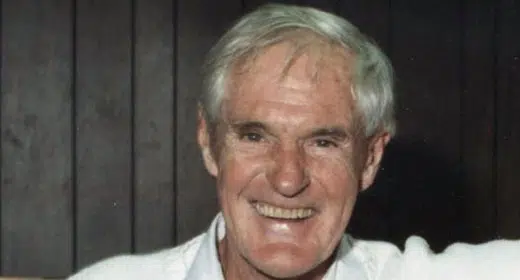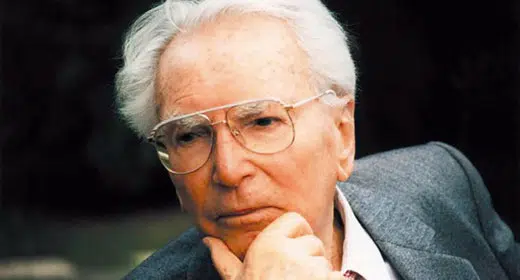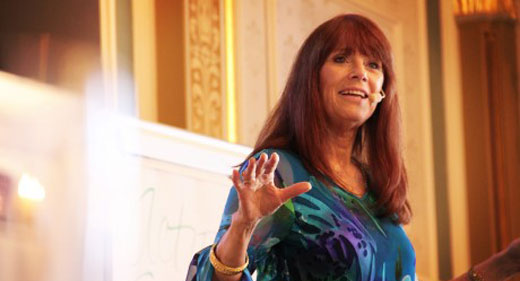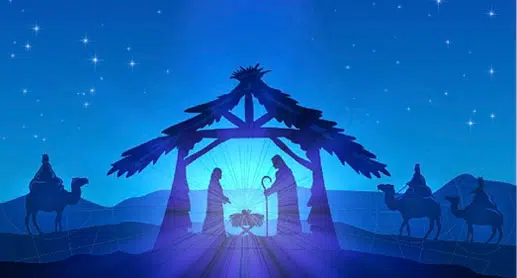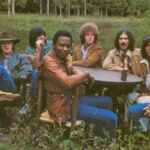by Margot Anand: Tantra has intrigued Westerners since the 1960s, when patchouli-perfumed shops sold little bottles of body oils and “Joy of Sex”-style manuals jazzed up with a bit of Eastern flair,
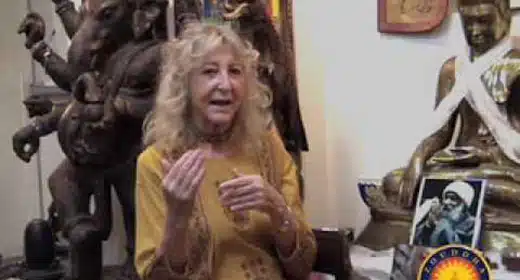 products that were marketed as spiritual aids that would catapult users into heretofore unknown realms of sexual ecstasy. And yes, according to Tantric practitioner Margot Anand, satisfying sex is indeed one of Tantra’s sacraments, but not as an end in itself. Tantra teaches that giving and receiving pleasure helps people get past fear, ignorance, desire and false beliefs while bringing them into harmony with the divine.
products that were marketed as spiritual aids that would catapult users into heretofore unknown realms of sexual ecstasy. And yes, according to Tantric practitioner Margot Anand, satisfying sex is indeed one of Tantra’s sacraments, but not as an end in itself. Tantra teaches that giving and receiving pleasure helps people get past fear, ignorance, desire and false beliefs while bringing them into harmony with the divine.
Anand, author of many books, including the best-selling “The Art of Sexual Ecstasy,” spoke with me last week at her home in Larkspur.
What sparked your interest in Tantra?
The first time I made love. I was 18, and I had a satori (enlightenment) experience in which I went beyond my body to a place of light and complete bliss — a place that was one with the divine.
From then on, my passion was, “How can I recreate the conditions that allow this blissful state to happen?” Since it happened during lovemaking, I understood that was going to be a doorway for me to reach my spiritual fulfillment as a woman.
Did you know what Tantra was at the time?
No, I had no idea. I was studying at the Sorbonne in Paris, doing my philosophy and psychology degrees. It was the time of Jean-Paul Sartre, Simone de Beauvoir and existentialism, which promotes the idea that there is nothing after death.
So you finished your degrees and went around the world to study with many different masters and teachers. What were you hoping to learn?
I wanted to understand what happens when the body has an orgasm, and to be able to move from the orgasm of the body to the orgasm of the spirit. I was looking for a channel that would connect both these things together.
And you found that the Tantra tradition spoke to you?
What was written about Tantra corresponded exactly to what I had been experiencing. But many teachers kept it above the waist. You did rituals, you gazed at mandalas, you sang mantras, you meditated. But when it came down to integrating that with anything that had to do with sexuality, no one was on board. There was no teaching, no guidance.
It was only after I went to India and I started working with Osho Rajneesh, in the 1970s, that I learned more about how these practices work.
What did he teach you?
He put me in charge of the first Tantra groups that met at his ashram, and so I got this laboratory where I could actually practice what I was developing. That was a blessing because I got to talk to him [about Tantra], teach others and practice with my beloved — Bhagwan [Osho Rajneesh] gave me [these] practices, you know.
Can you give me a definition of Tantra?
Well, there are many of them. I’ll give you a simple one: When you choose with awareness what brings you joy, you open the door to your spirit. That means you do something with the awareness of your motivation, of your outcome, which is what the Buddhists teach.
And what does that have to do with sex?
Tantra, like Buddhism or other traditions, is a spiritual path to awakening. The only difference is that Tantra clearly integrates sexuality as a means toward that awakening.
In your books, you describe it as an approach to sex where — rather than getting carried away by the sensations — you are trying to transcend the bonds of the body to become one with your partner and, I suppose, with the universe. It seems like a difficult process to master.
Tantra is probably one of the most difficult paths because the moment you enter into sexuality, it’s like a minefield. All of your old habits, your projections, have to be transformed.
In order to navigate the field of lovemaking, which means transporting the energy of orgasmic pleasure to a place of deeper awareness, you have to practice. You have to be conscious of what you do.

